The Payroll Blog
Choosing to make your health a priority in the new year is a popular resolution for many. However, health can take on various forms that you may not be factoring into your resolutions.
- Home
- Resources
- Payroll Blog
- 9 Growth Hacks Any Small Business Can Implement
9 Growth Hacks Any Small Business Can Implement
In 1996, an email company named Hotmail launched with a small group of users. By the end of 1997, that company had 12 million users.

How did they grow so dramatically in just year and a half? Well, they looked at their initial numbers and saw that approximately 80 percent of new users came by referral from current users. To make the most of referrals, Hotmail created their iconic email postscript: "PS. I love you. Get your free email at Hotmail."
That single line, added at the end of every email sent through Hotmail, drove millions of new users in an ever-widening ripple effect. Hotmail successfully created one of the first documented growth hacks.

Growth hacking is the combination of product design, marketing, and data with the overall goal of driving customer growth. Initially popular among fast-growing startups, the principles of growth hacking have since spread to the wider business world. With a focus on understanding the customer and designing the right product, successful growth hacking drives growth in both the short- and long-term.
So how can you apply a growth hack like Hotmail's to build your own business?
Let's explore nine innovative and data-driven growth hacks that you can adapt to your own situation.
1. The Webinar Hack
When you're trying to find potential customers, you don't just want to reach a massive number of people. In fact, you might not need to reach very many people at all. You just need to find theright people.
Unbounce uses a variety of content marketing technique to reach customers. They write a popular blog, produce quality ebooks, and even offer a free email course. But when they startedfocusing on webinars those quickly became their number one acquisition strategy.
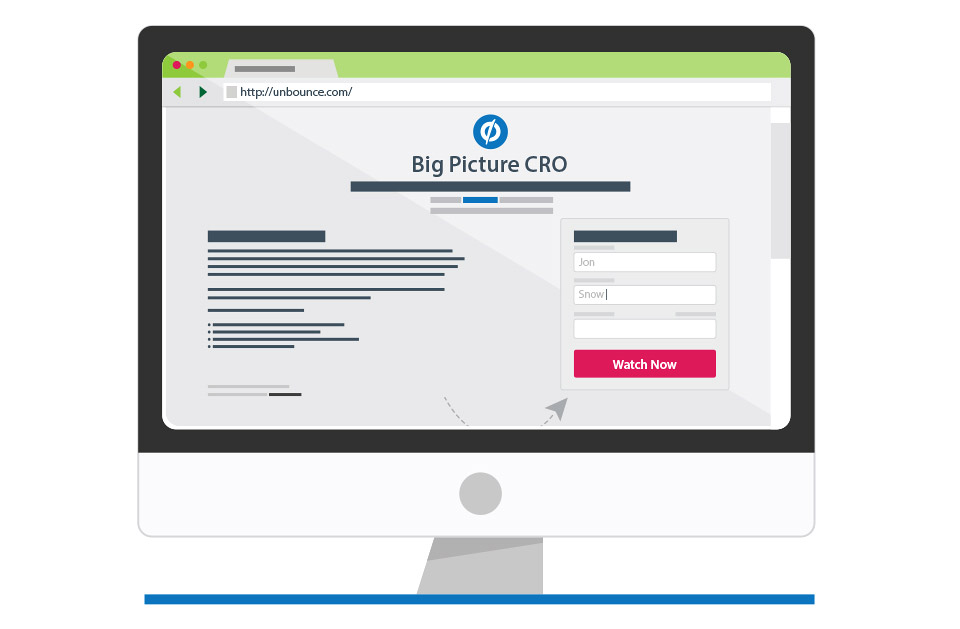
Because webinars offer an urgent incentive ("join before it fills up!"), you can drive significant interest. Once in the webinar, you get the opportunity to provide high-value teaching, which improves the perception of your company.
And at the end of the webinar you get a few minutes to explain your product.
Here's how to run a successful webinar with very little work:
1. Pick a topic or get a guest speaker.
2. Create the webinar on GoToWebinar.
3. Make your landing page where people can join.
4. Do a dry run to make sure everything works.
5. Host the event and provide epic value.
6. Follow up with an email and encourage people to become customers.
Then assess how the webinar went, make a few changes to your strategy, and do it again.
2. The Giveaway Hack
AppSumo, a daily deals website focused on digital goods, has been extremely successful at running giveaways to increase their email subscription list. In just 10 months, by 147,973 new subscribers. Since each subscriber resulted in an average of $0.83 gross revenue, that's a pretty significant marketing campaign.
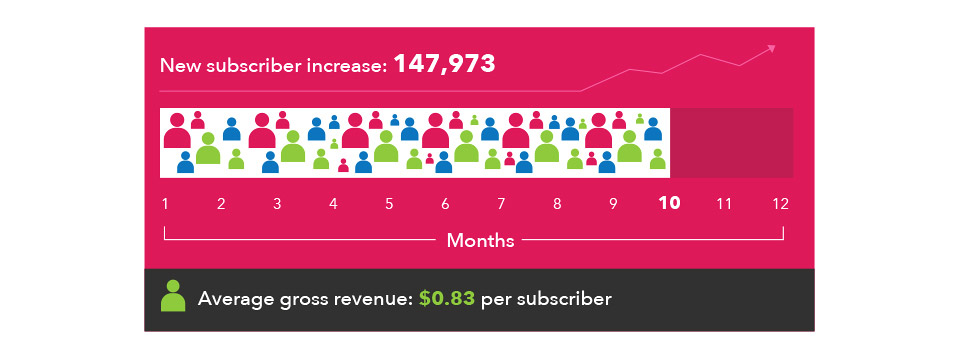
So how'd he do it? Simple: He ran a steady stream of targeted giveaways.
He gave away Evernote subscriptions, in-person courses, and even MacBook Airs (the MacBooks performed worst!). Some giveaways drove a few subscribers and some drove thousands, but giveaway by giveaway the email list (and bank account) grew steadily.
So how can you run your own giveaway?
1. Find a specific product that only your target customers would like (broadly popular products attract generic leads).
2. Create your giveaway with something like KingSumo or Gleam.
3. Promote your giveaway with Facebook ads and your current email list.
4. Encourage social media shares for your giveaway participants.
5. Send a drip campaign to your new leads to convert them to customers.
If you choose the right product and audience, the money you spend on Facebook should start a chain reaction as current participants share your giveaway with their friends.
3. The Guest Post Hack
When Charlie Hoehn wanted to drive sales for his first published book, he turned to guest posting to reach potential readers. During the first month after publication, Charlie published nearly 20 guest posts and also made guest appearances on a couple of podcasts.
The result? He reached nearly a quarter of a million people and sold 2,000 copies. His self-published book landed on the top of its Amazon category.
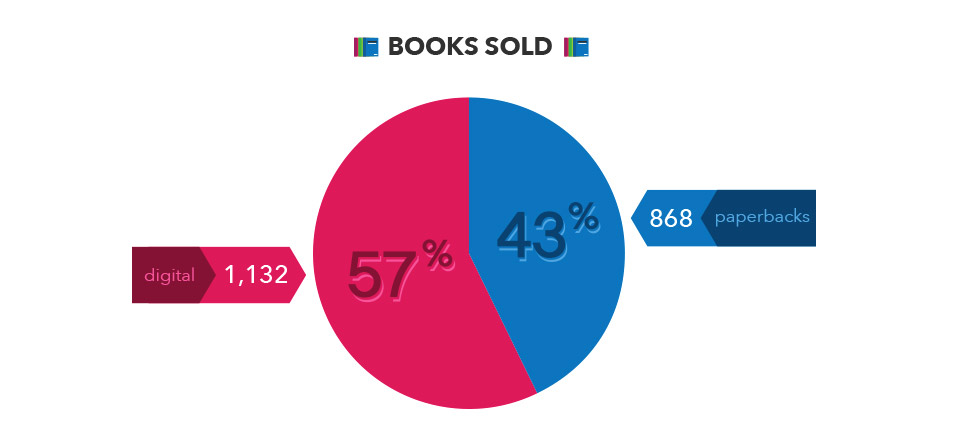
Guest posts are powerful tool that can drive highly targeted visitors to your website. So how can you do the same thing for your site?
Here's how you can create guest posts to drive customers to your own website:
1. Find popular blogs with audiences that match your target customer profile.
2. Write value-packed guest posts targeting particular blogs.
3. Email the blog author with your proposed guest post.
4. Continue emailing until you find a blog that's interested in publishing.
5. Repeat ... and make your posts better each time.
To make your guest posts even more successful, put together a custom pack of bonus materials for readers who join your email list. You can use extra information like PDF checklists, case studies, and exclusive videos to convert more leads from each guest post you publish.
4. The Two-Sided Incentive Hack
Since 2009, the car service Uber has raised millions of dollars and is currently valued at $18 billion. It's now available all over the world and are even planning to break into the lucrative mainland China market in the near future.
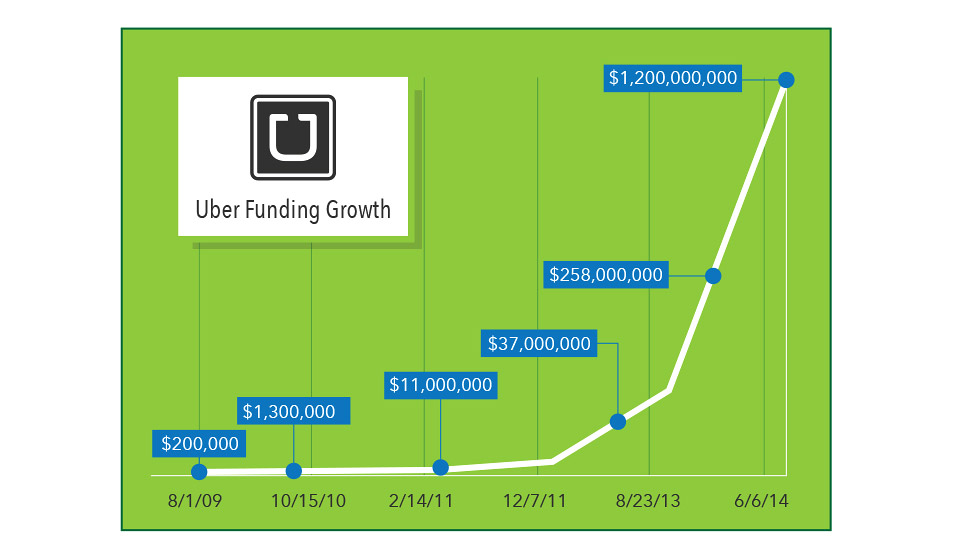
How have they achieved this kind of growth? While many growth tactics factor into their speedy ascent, word of mouth (a.k.a., the viral factor) has driven their growth "substantially".
To spur word of mouth even further, Uber uses a two-sided referral program. All current customers are automatically enrolled and given their own referral codes. When they give those codes to their friends, both the referrers and the customers they refer get a nice credit to their Uber account.
This gives the new customer a chance to try the service for little or no cost, and it gives the referring customer a friendly "thanks" for sharing.
To create your own double-sided incentive:
1. Make sure your product is worth sharing.
2. Find something current customers will value. Free credit is an obvious win, but swag or VIP status might be good too.
3. Find something that will hook new customers. Free trials or credits will let them try your product without any risk.
4. Promote it to all your current users through email and in-product messaging.
If done right, two-sided incentives can drive significant word of mouth, increasing the impact of all your other marketing endeavors.
5. Exit Popup Hack
WPBeginner, a free resource site for WordPress beginners, grew their email subscription list by using an exit popup display. In less than 10 minutes, WPBeginner increased their email subscribers by 600 percent. Prior to the change, they gained 70 to 80 new subscribers each day, and after the change they gained 445 to 470 every day.
How did they drive such a significant improvement? Using a simple popover with exit intent tracking. When a visitor arrives at their website, WPBeginner starts tracking their mouse movements. If the visitor's mouse starts moving to close the window, a non-intrusive popover invites the visitor to subscribe for more articles.
By giving the visitor time to read before offering the upsell (i.e., the subscribe box), exit popups reach potential users at a time when intent is high, thus boosting conversions. Additionally, these popovers are non-intrusive, so the user can easily close the tab without any of the annoyances of a traditional popup.
To create an exit popover of your own...
1. Install software like SumoMe or OptinMonster.
2. Add copy for a simple subscribe box.
3. Connect to your email service (MailChimp, Aweber, etc).
Bonus: Create a special ebook or email course as an incentive.
Popovers always drive significant email signups since they're more noticeable, but popovers with exit intent take it to the next level.
6. Retargeting Hack
Nitro, a commercial software development company, runs their business with a freemium business model and they receive a lot of trial users who never convert to a paid plan. To combat this conversion issue, they experimented quite successfully with retargeting ads. Using IP addresses, retargeting ads show specifically to people who joined Nitro's trial but haven't yet converted to a paid plan.
After launching these retargeting ads, Nitro has seen an 18 percent increase in online sales. Even better, they've seen a 3.9 times return-on-investment (ROI), which means that for every dollar spent on retargeting ads, Nitro has made $3.90.
The technical side of retargeting ads based on IP addresses sounds super complicated, but happily setting up your own retargeting campaign is actually really easy.
Here's how you do it:
1. Join a retargeting service like Adroll (my favorite).
2. Add their code snippet to your website (just like Google Analytics tracking).
3. Select an audience to retarget (people who visited your website, trialers, etc).
4. Create an advertisement image (I used Paint.NET).
5. Start your campaign.
6. Test different campaigns to optimize ROI.
Like any other advertising platform, retargeting experts can help with all sorts of detailed optimization, but you can still achieve amazing results in just a couple hours of setup. If I did no other paid advertising, retargeting ads are the first place I would spend my money.
7. Drip Campaign Onboarding Hack
Too many marketers think their work ends once a customer signs up. On the contrary, joining your product is just the first step—acquisition. Now you need to help them activate by helping your users form a habit.
This process of onboarding can be dramatically improved with an automated drip campaign. Based on your knowledge of common questions, you can design a drip campaign with something like Intercom that sends a series of "power user" tips.
How effective are onboarding drip campaigns? Editing software Draft used this onboarding hack to improve the conversion from freemium to paid. With just one automated message, they boosted revenue by 200 percent.
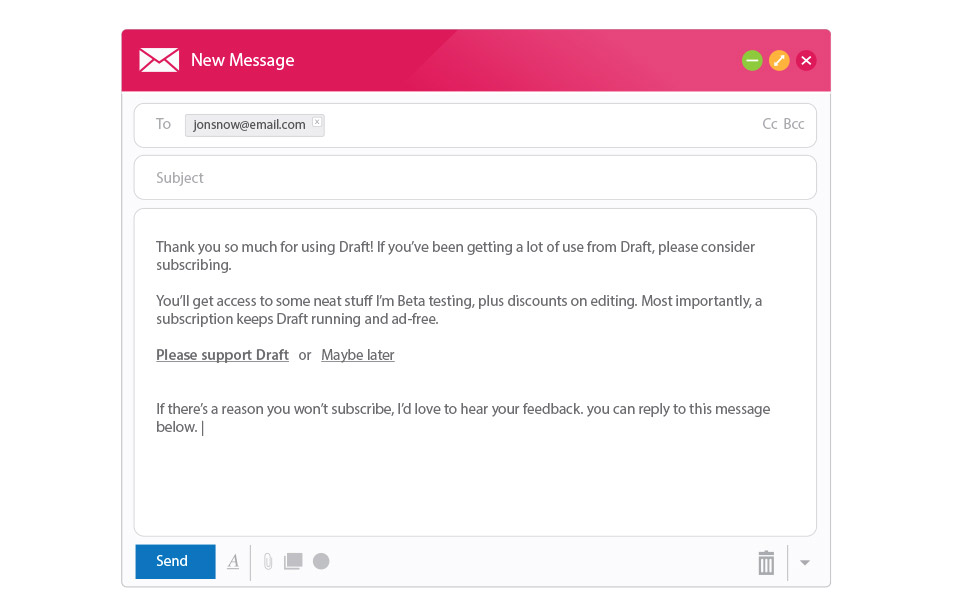
Here's how you can create your own automated drip campaign:
1. Create an Intercom or MailChimp account (MailChimp is email only; Intercom is email and in-product messages).
2. Integrate the code snippet on your website.
3. Create a series of 4 to 10 messages over a user's first few weeks.
4. Watch for common questions and add them to the drip campaign.
Optimally, your onboarding campaign will answer common user questions and help users for habits around your product.
8. Invite-Only Hack
SpringSled is the "world's easiest project management tool". Well, at least that's what they will be. Right now, they've just got a landing page... and 150,000 beta users.
How did SpringSled drive 150,000 beta users in four weeks? Long before their product was finished, SpringSled opened their registration for beta users. Each early access signup to SpringSled gets the opportunity to land 12 months of free project management by getting five friends to join the beta version.
After briefly driving some traffic by getting on ProductHunt and BetaList, the customers started pouring in through viral spreading. The "12 months of free project management" prize has worked quite effectively, and 99.8 percent of those first 150,000 signups came from referrals.
How can you design your own early invite hack?
1. Create a simple program with Prefinery or LaunchRock.
2. Setup an email drip campaign encouraging referrals.
3. Drive some initial traffic (ProductHunt, BetaList, Reddit, StumbleUpon, etc).
Bonus: Add a launch video
While many of the early invite users you drive will probably be low-quality leads, getting this level of interest before you even launch will definitely give you a solid base of initial customers from which to build.
9. The Live Survey Hack
Every customer is different. They have different problems, different experiences, and different interests. They all come to your product for their own unique reasons.
And yet, the traditional landing page gives each of them the same static page. A/B testing lets you improve this page to help the most people possible, but everyone sees the same static page.
What if you could give different information for different customers? Using a live survey tool, you actually can do just that!
GoodBlogs wanted to increase the number of writers for one of its sites, The Flaming Vegan. To do this, they created a Qualaroo survey that asks new visitors if they're vegetarian or vegan. If you answer "yes", they ask if you're interested in writing for the website. (If you answer "no", the offer a discount on a blender.)
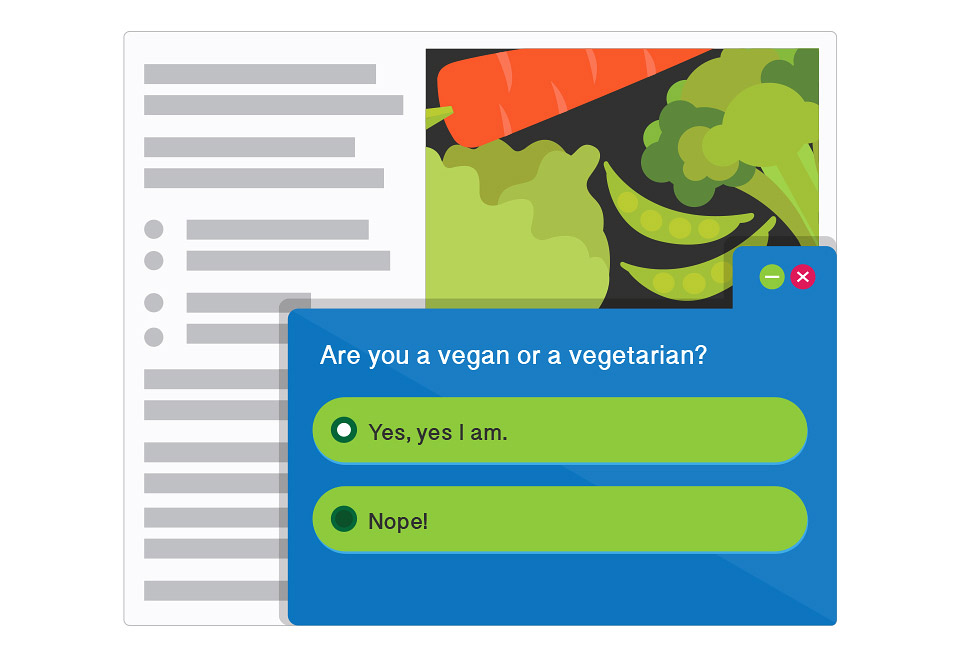
By implementing that live survey, GoodBlogs has increased new writer registrations by fully 300 percent.
Here's how you can create a live survey:
1. Create 2 to 4 customer profiles (based on the people who come to your website).
2. Write 1 to 2 questions that filter these people.
3. Design a killer offer for each group.
4. Put this all together in a Qualaroo survey on your website.
Each customer is different so giving them custom offers based on their interests will help you dramatically improve conversion rates.
The #1 Thing To Remember
All these hacks are powerful and can help you improve conversions, but growth hacking is actually much simpler. Tactics help, but the best products win by making customers happy. If you can make your users happier than a bull in a china shop, you will see sustainable growth.
Focus on building a product that hooks users and then use marketing to grow even faster.
Ready to give it a try?
Join the thousands of small businesses and households that trust SurePayroll for fast, easy and accurate payroll processing - for free!

Not sure what you need?
Contact us to figure it out!
Call 855-354-6941
